What are you going to do when your pool pump motor capacitor goes all kaput? He’s steps to troubleshooting a bad cap, how to find a replacement, and then finally, how to replace it yourself.
First things first, how do you know the capacitor is bad? Well, you can use all three of your senses. Don’t look that up….Your ears, your nose, and the third sense… your brain?… Don’t look that up.
Listen for a Hum or Buzz
If you turn on your motor and you hear a lot of nothing, there’s a chance your start capacitor has gone kaput. If the motor does start, but you hear a loud humming, then a run capacitor, you may lack.
Use Your Nose
Use your nose…. If your motor has suddenly stopped working, take a little sniff. If you smell a fried, plasticky smell or burnt oil, you may have just popped a run or start capacitor. If you smell burnt toast, it’s definitely not the capacitor; you should stop winking at me and take a seat.
Test Your Capacitor
But the best way to troubleshoot a bad cap is to use a multimeter. A multimeter is an electronic testing tool that allows you to measure volts, amps, resistance, circuit continuity, and capacitance. No pool DIY-er should be without one.
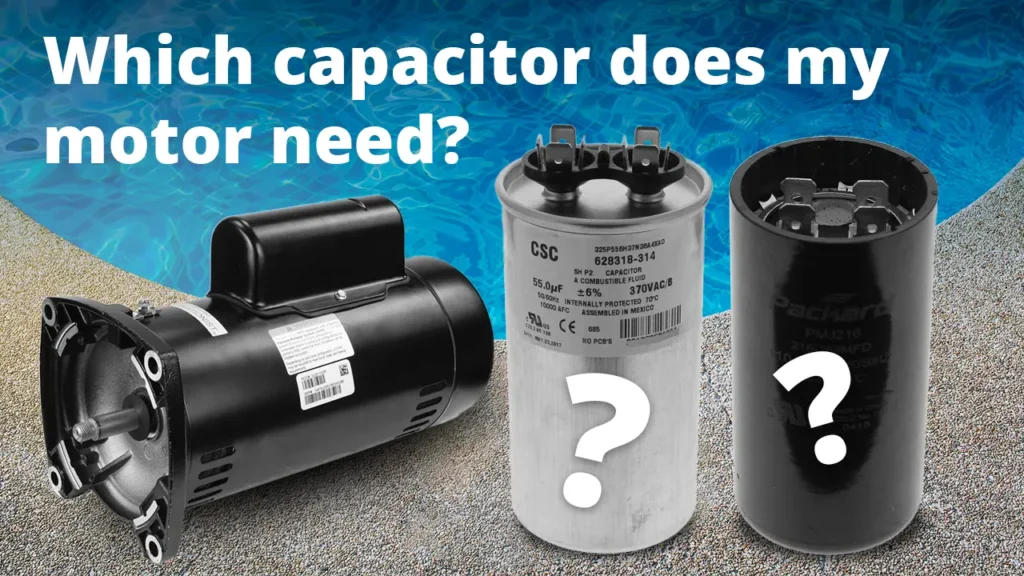
First, turn off power to the pump at the breaker second remove the motor’s back cover or doghouse to access the cap. Then, use an insulated screwdriver to discharge the cap, remove the capacitor’s wires, and check the capacitor’s Microfarad (MFD) rating so we know what reading or range of readings we want. Make sure to set your multimeter to capacitance mode and set range; then, touch the probe tips to the capacitor terminals.

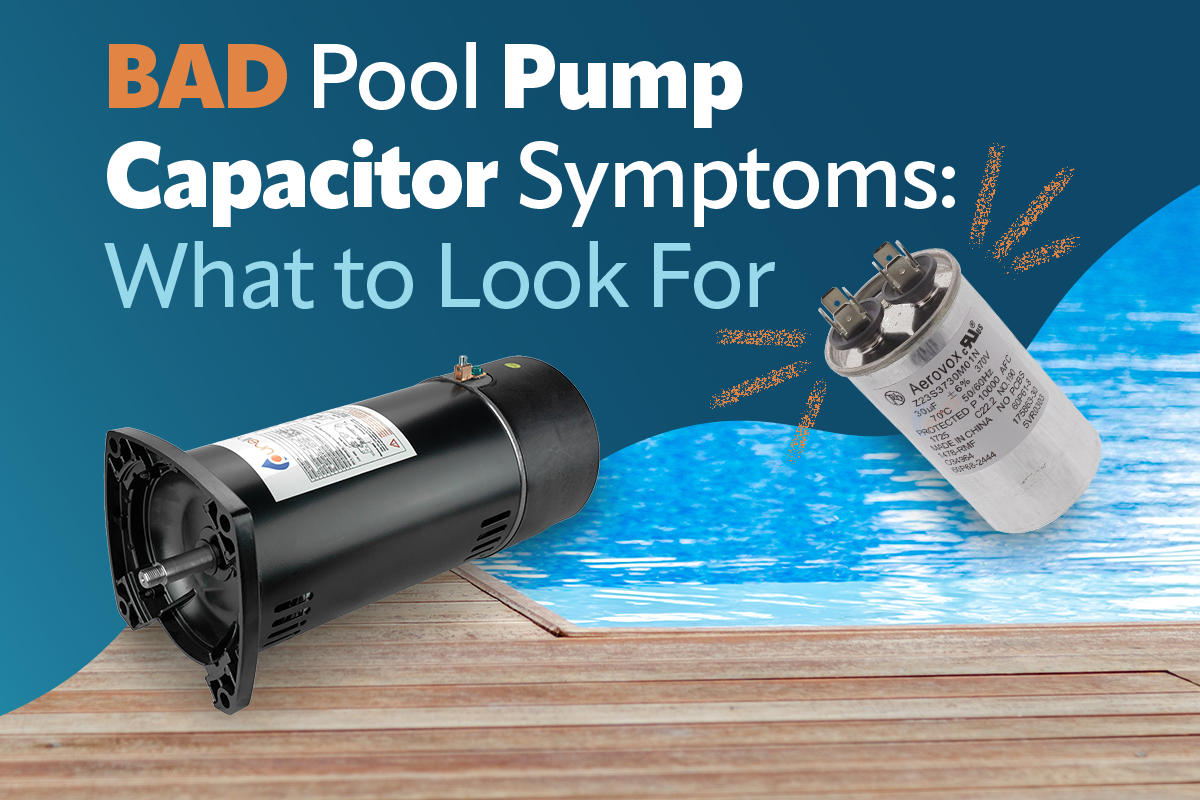



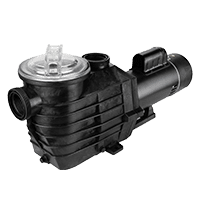
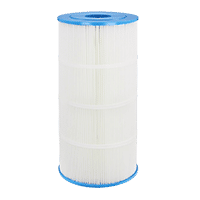
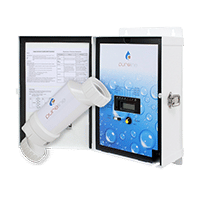
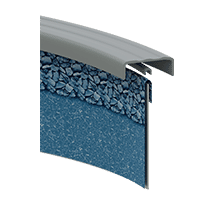

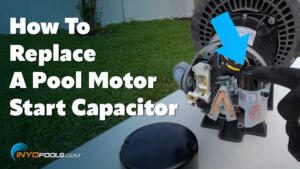
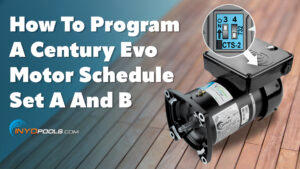
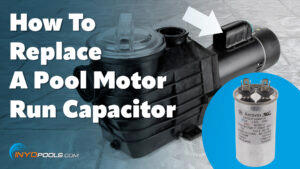
Leave a Reply